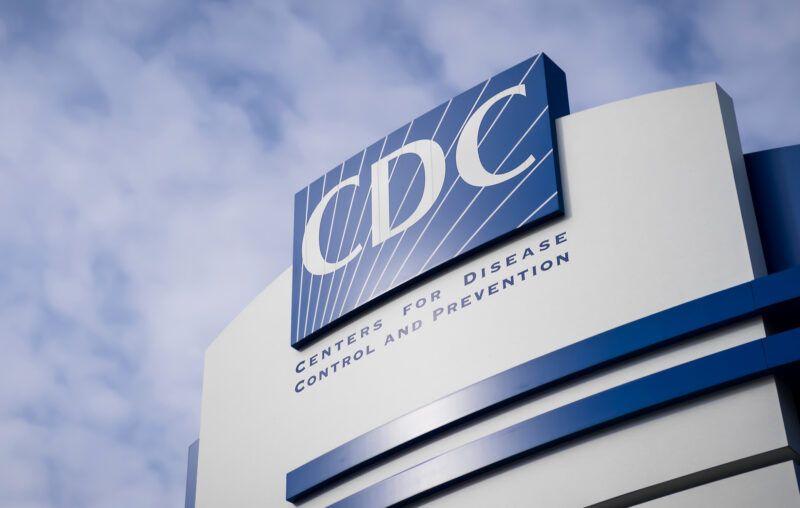This article appeared in Newsweek on September 21, 2022.
After the U.S. Centers for Disease Control suggested dosage thresholds for patients receiving pain medication in 2016, 38 states rushed to pass legal limits on opioid prescribing and dispensing. Even though the CDC insisted the guidance was “voluntary, rather than prescriptive standards,” states wanted to signal they were being tough on opioids. So they enacted tougher laws, even though CDC guidelines recommended dosing thresholds based upon the “morphine milligram equivalents” (MMEs) of the various opioids, a metric that never made sense, was not evidence‐based, and amounted to “junk science.”
Learning that its guidelines were being misinterpreted and misapplied, the CDC published an advisory in 2019, emphasizing that it never intended doctors to abruptly taper their patients from their pain medications, some of whom had been flourishing on high‐dose opioid therapy for years, to its “approved” MME metrics.
But the advisory was too little too late for doctors and patients in states where legislation was already in place.
When a government agency “recommends” a policy, it’s akin to a recommendation from Tony Soprano; it is inevitably interpreted as a mandate, obeyed by state and federal agencies, health insurers, and even pharmacies.
Over the past several months, lawmakers around America have begun re‐examining existing state laws that have strictly limited and prescribed how health care practitioners can treat pain, which is a clear violation of both physicians’ and patient’s rights.
In Minnesota, for instance, a new law that went into effect Aug. 1 protects health care practitioners from disciplinary action if, based upon their good‐faith professional judgment, they prescribe opioids to patients with intractable pain, regardless of the dose. Arizona and Alabama have also put in place some incremental reforms this year, although they have yet to enact significant revisions to the opioid prescribing regulations passed based on the CDC’s recommendations.
Those “recommendations” caused millions of patients to suffer. Some, unable to acquire adequate amounts of medication, sought relief in the dangerous black market, where they inadvertently purchased deadly illicit fentanyl. Others were driven to suicide, and some to homicide. Many in the U.S. became so‐called “pain refugees,” unable to find any doctors to help them. As an unintended consequence, patients are now under‐treated for acute, even postoperative pain—ridiculous and cruel by any measure.
To justify these cruel policies, we’re often told that prescribing opioids to pain patients caused the overdose crisis. And yet, this “fact”—the basis of the CDC’s advice—turned out to be a fallacy. There turns out to be no correlation between the number of opioid prescriptions and the non‐medical use of or addiction to prescription pain killers. Data from the National Survey on Drug Use and Health shows that the addiction rate among persons aged 18 and above has remained essentially unchanged throughout the 21st century, despite prescription rates surging to record highs in the early 2000s and then, after 2012, dropping 60 percent.
Despite a huge decrease in opioid prescribing, the overdose rate continues to skyrocket, and modelers predict it will soon dramatically accelerate, as illegal drugs become more potent and deadly.
Responding to complaints by patient advocacy groups, medical scholars, and the American Medical Association, the CDC decided it will publish a revised opioid prescribing guideline by the end of this year. It requested comments on a draft proposal made public last February. We both submitted comments. But no matter how much the CDC stresses that the 2022 revision is merely a recommendation, ill‐advised laws will be difficult to overturn.
Minnesota lawmakers deserve high marks in undoing some of the harms that the CDC has inflicted on pain patients and their physicians, and hopefully the state’s actions will soon be followed by others. But until the CDC gets out of the business of telling doctors how to practice medicine, none of us can feel safe.





